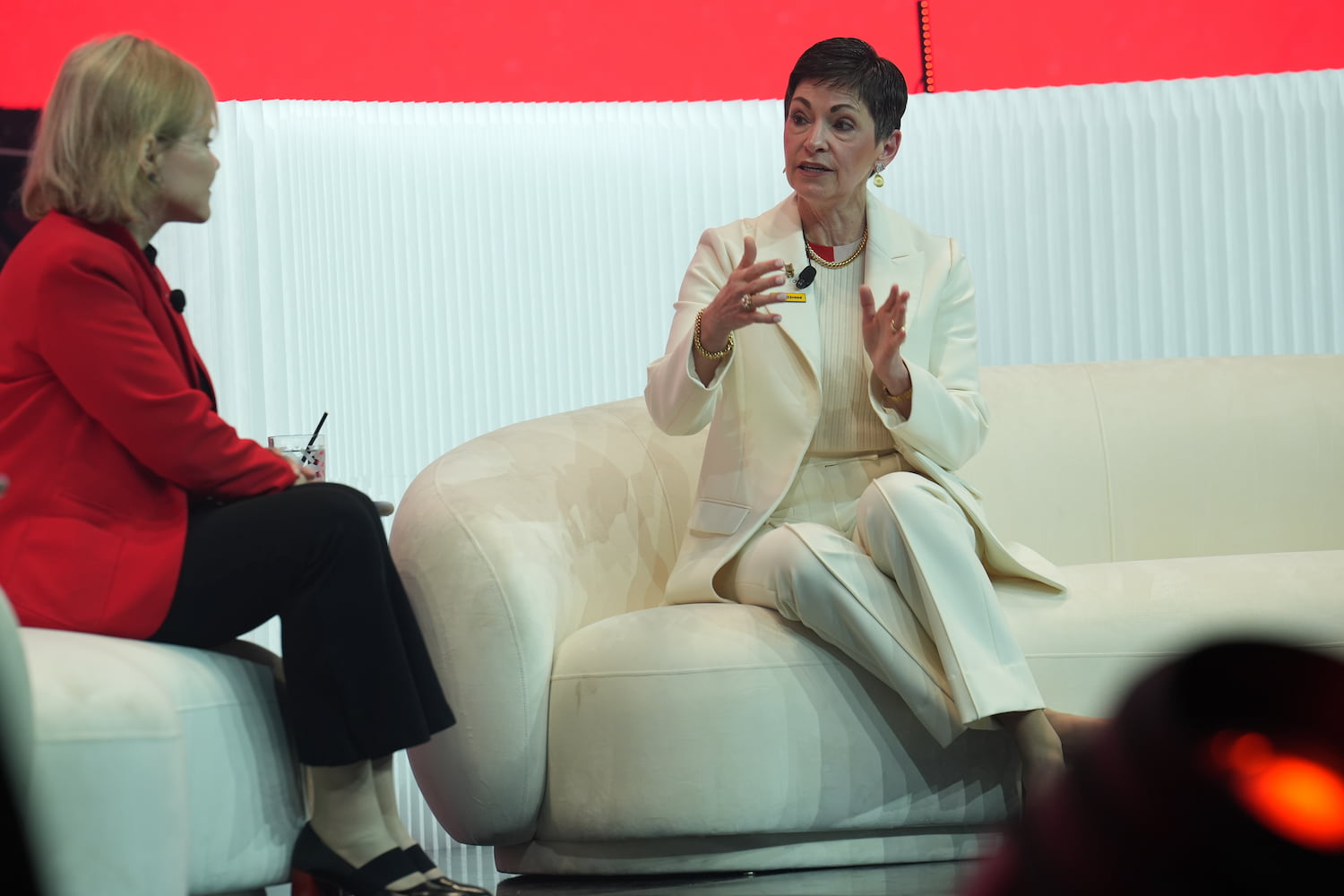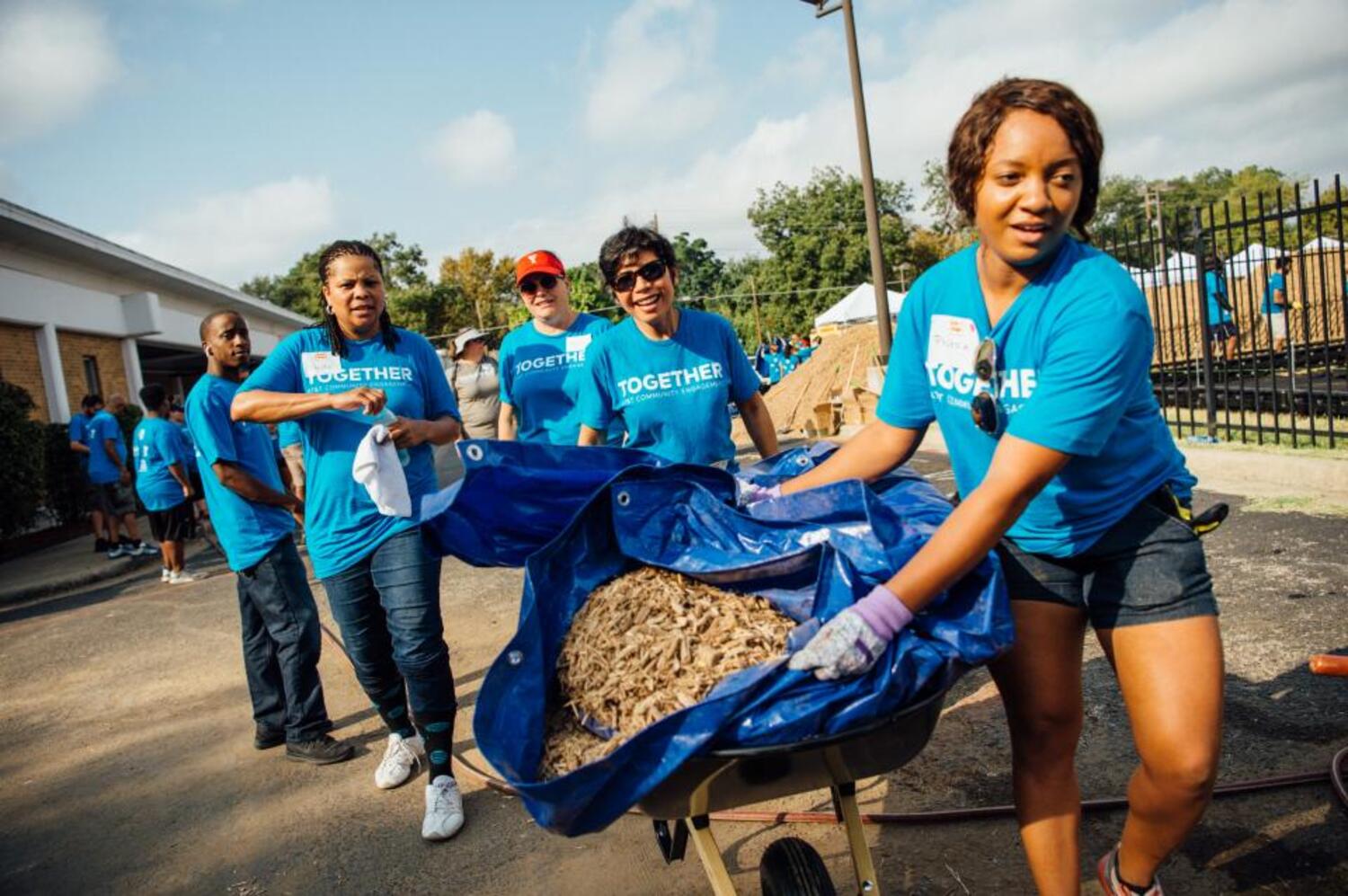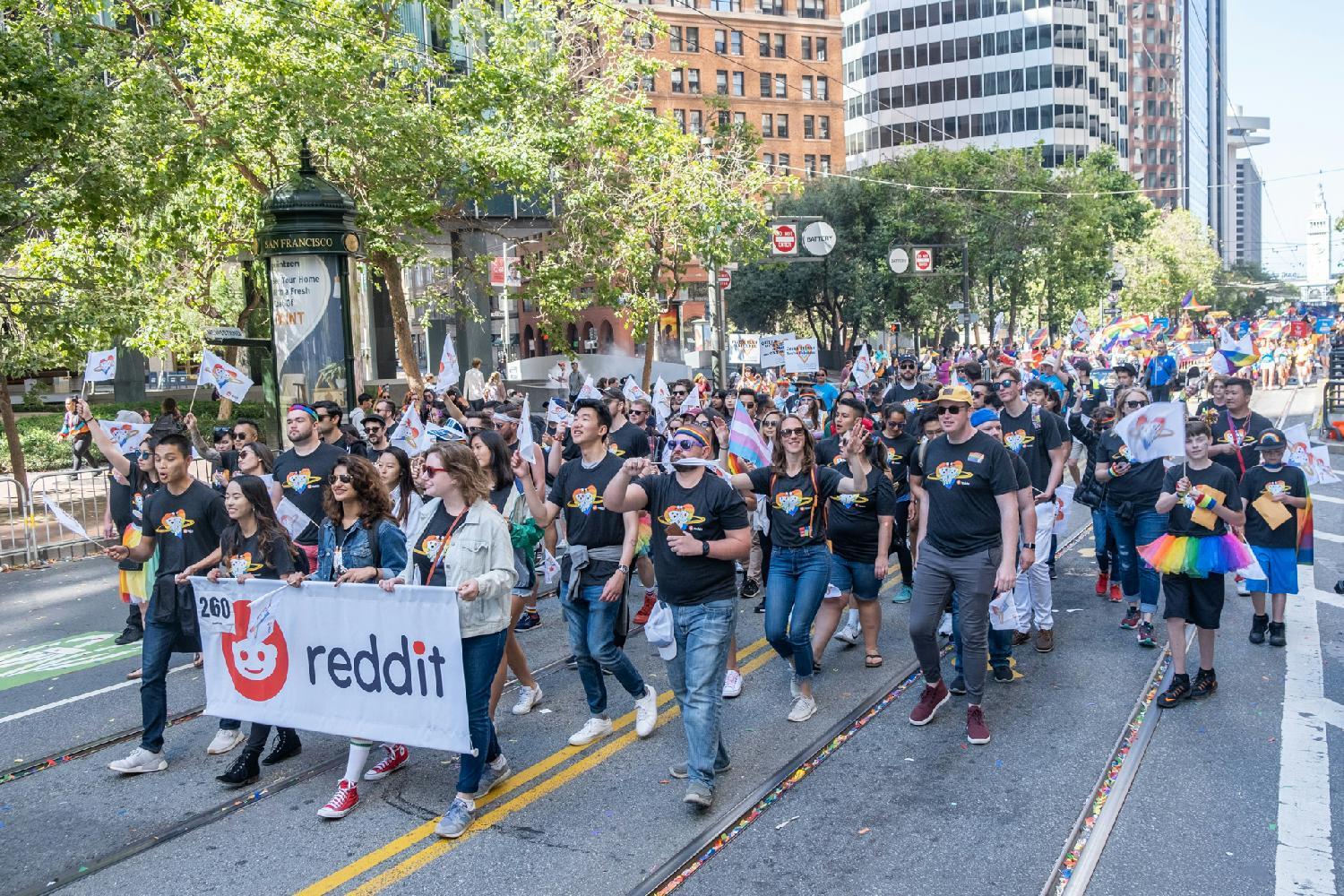
Belonging, Developing, ERGs, Latinx employees
The vast diversity found within the Latinx and Hispanic community requires a thoughtful approach from companies when celebrating their culture and contributions.
When celebrating Hispanic Heritage Month, companies must consider the vibrant tapestry of diverse cultures, identities, and experiences that are found within the Latinx community.
Growing up between two worlds has given me a unique perspective, bouncing back and forth between the rich Maya highlands in Guatemala and the San Francisco Bay Area. Even as a mixed race, bicultural woman, I’ve only scratched the surface of the rich diversity within the Latinx community.
Even the label of “Latinx” assumes a shared vocabulary that doesn’t feel authentic to many members of the community who more readily identify as Latino/a/e. There is no one-size-fits-all description of Hispanic or Latinx heritage, much less our collective experience in the workforce.
Today, 19% of the U.S. population identify as Hispanic or Latinx. According to the U.S. Census, by 2060, more than one in four Americans will be Hispanic or Latinx and 78% of net new workers in the labor force will be Latinx.
These numbers show just how important this demographic is for companies — but the rich diversity of this group makes it hard to know where to start. For example, it’s important not to conflate groups:
- Latinx: People with ethnic backgrounds hailing from Latin American countries
- Hispanic: People with ethnic backgrounds coming from Spanish-speaking countries
These groups do overlap, but they are not necessarily the same. And within these groups, there is plenty of diversity: Indigenous, Afro-Latino, first- or second-generation immigrants, bi-racial and other backgrounds.
For companies looking to celebrate Hispanic Heritage Month, start by identifying goals that fit the needs of your unique workforce. This could include learning about the various groups and cultures represented in your organization, doing a deep dive to uncover practices that will help Latinx employees rise through the ranks, or diversifying your supply chain.
A good place to start is to celebrate Hispanic Heritage Month with input from your employees.
At the average U.S. workplace, only 64% of Latinx employees say people celebrate special events, compared to 94% of Latinx employees at Best Workplaces™ (companies that made the Fortune 100 Best Companies to Work For® or the Fortune Best Small and Medium Workplaces™ lists).
The gap shows a clear opportunity for companies to build trust, even with minimal investment. To make sure that those celebrations are inclusive and welcoming for the wide range of diversity found in the Latinx and Hispanic communities, consider these recommendations:
1. Consider the best language(s) to engage with your Latinx employees
For employees who speak English as their second language, investing in translation or bilingual communications is one way to acknowledge their unique experiences and needs. If sticking with English, good communications practices can also help:
- Use simple and clear language. Avoid jargon or slang.
- Use multiple tools to share your message. Provide written, verbal, and visual communication to accommodate different learning styles. Consider offering translation tools in tech solutions like your virtual meeting platform.
- Prioritize regular feedback. Ask employees about their experience to understand where language barriers might be holding back parts of your workforce.
2. Don’t make assumptions about the needs of your Latinx employees
Without asking for feedback, you can easily miss important aspects of the Latinx employee experience. First-generation immigrants will have different needs and pain points compared with second-generation employees, as an example.
Just because someone identifies as Hispanic or Latinx doesn’t mean they speak Spanish. And then there’s the natural intersections of other identities, with women having different needs from men, employees with disabilities having both visible and invisible experiences, or those with Afro-Latino heritage having a different experience from others.
With this rich variety of backgrounds and experiences, Latinx employees will have a similarly varied range of career paths. Great workplaces should offer mentorship, with Latinx employees who are offered training and development opportunities being 40% more likely to feel connected to the purpose of the organization — the No. 1 driver of retention for all employees.
3. Tap into employee resource groups for next-level listening
Employee resource groups (ERGs) are transformative tools for building a culture of inclusion and belonging.
Great Place To Work® research found that ERG members are 40% more likely to feel good about their company’s impact on the community and 30% more likely to have confidence in their executive team. Members are also more likely to say they consistently participate in innovation.
Learn winning strategies for ERG leaders at our For All Summit in Las Vegas April 8-10!
To create groups that meet the needs of the incredible diversity found within the Latinx and Hispanic communities, consider a nesting structure where groups can hold sub-committees or work groups that create a safe space for different identities within the overall group.
If you don’t have an ERG, use other channels to directly engage members of this community. Ask company leaders to share their personal stories, heritage, and career journeys to help employees feel more comfortable sharing their own experiences.
Don’t forget to have fun. Celebrating Hispanic Heritage and culture is serious business, but don’t take yourself too seriously. Fun in the workplace can improve well-being and even build trust with employees.
Transform culture into business success
Let our Great Place To Work® Model guide your culture to drive performance. Start your journey with Great Place To Work today.











